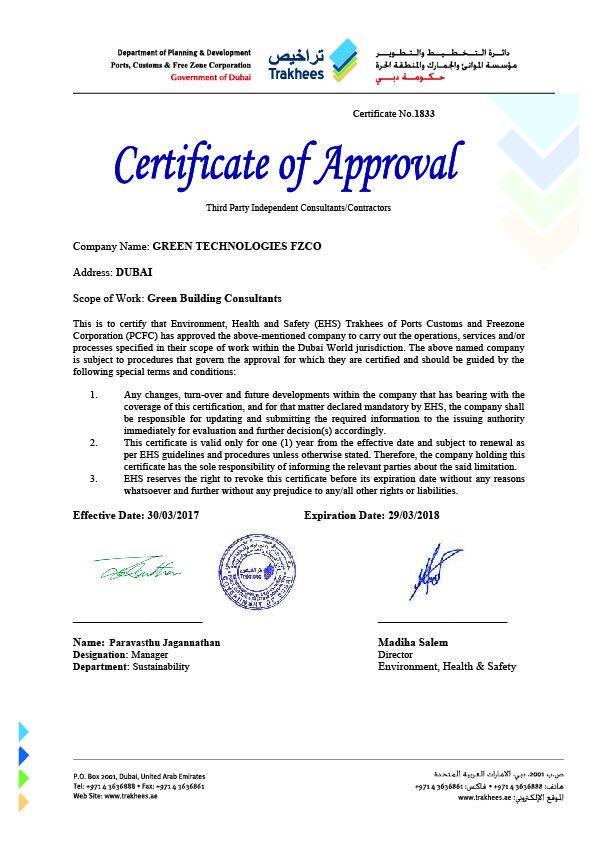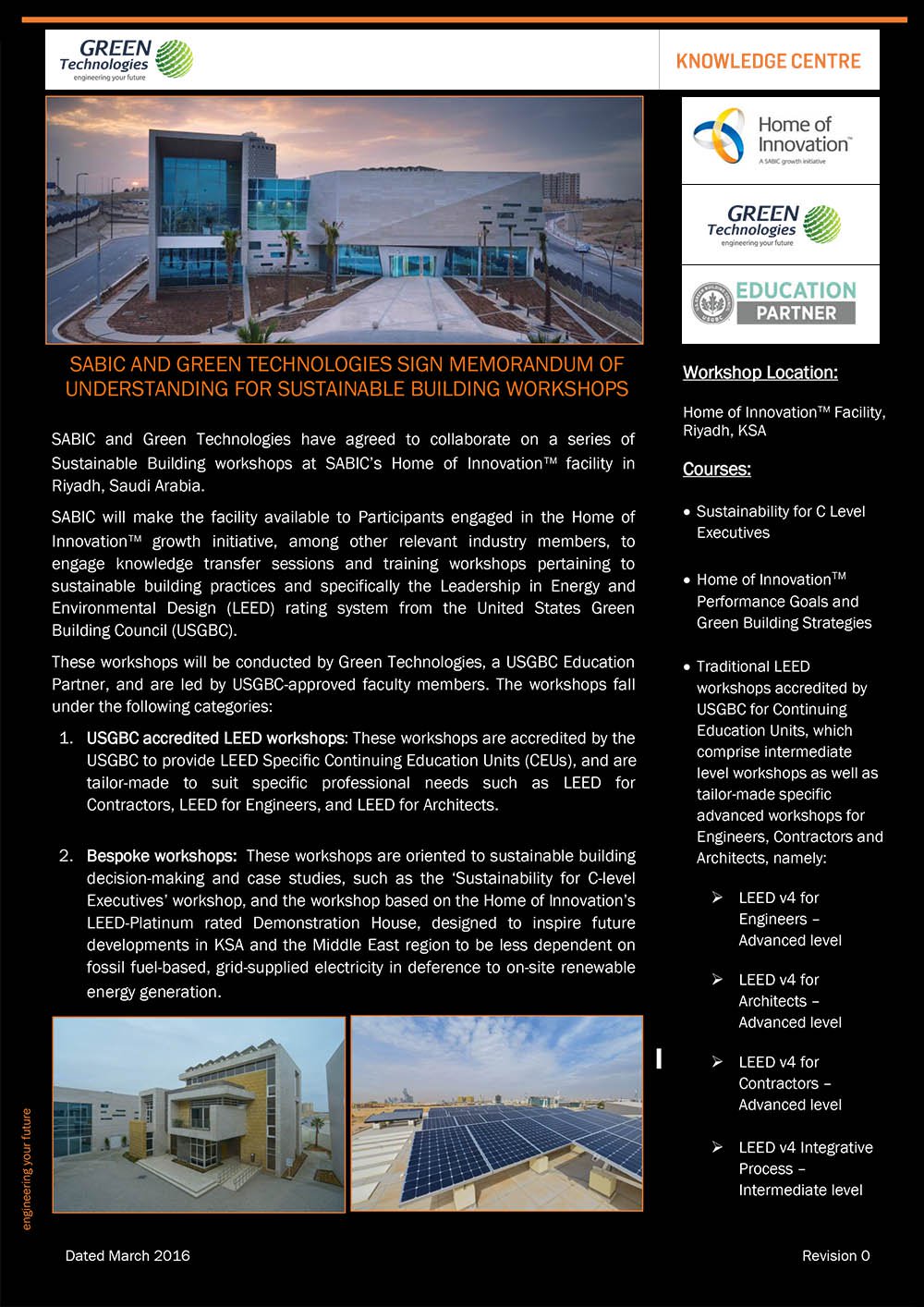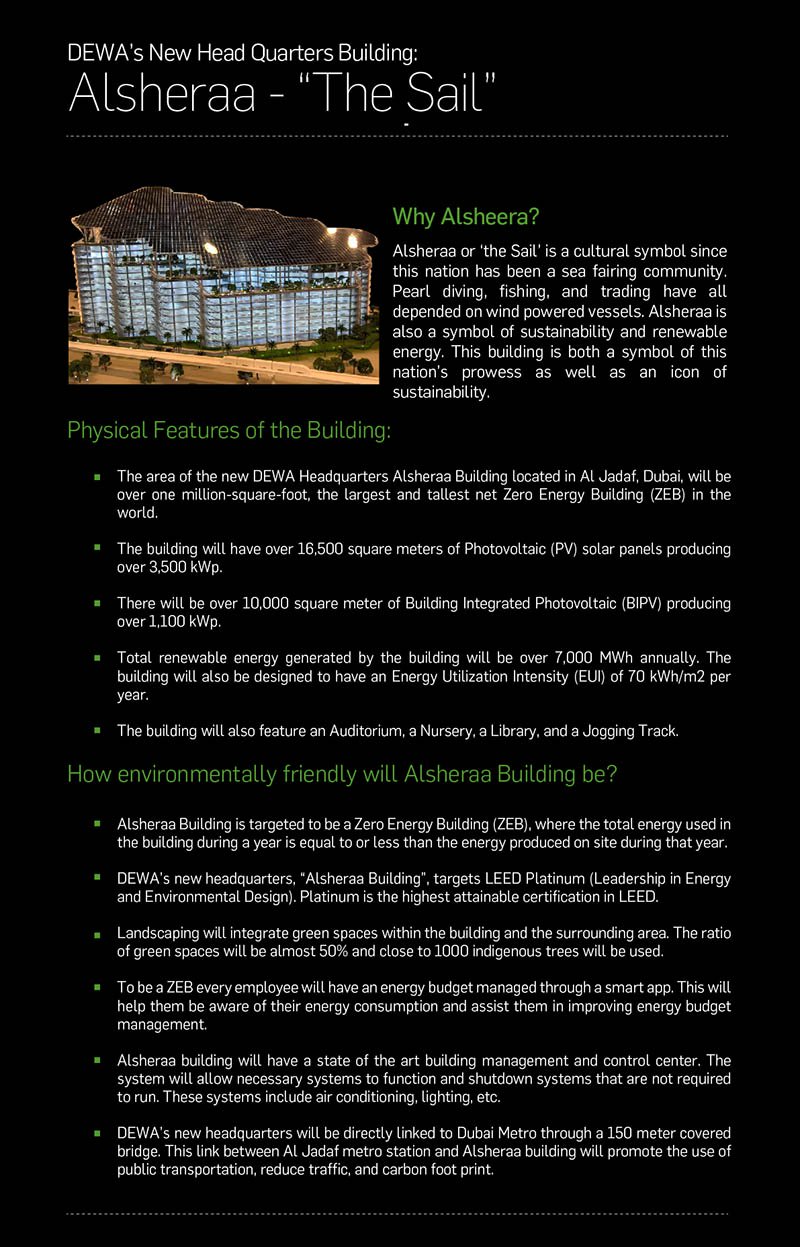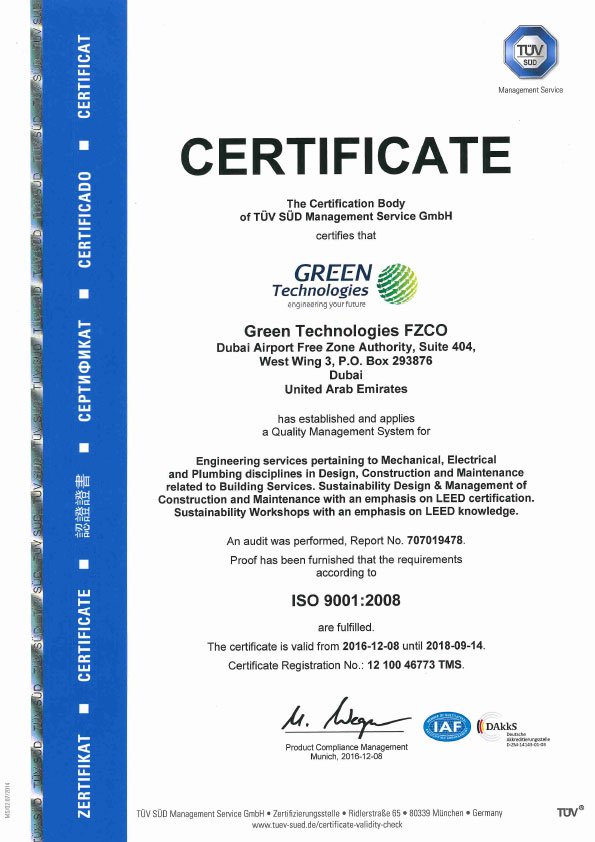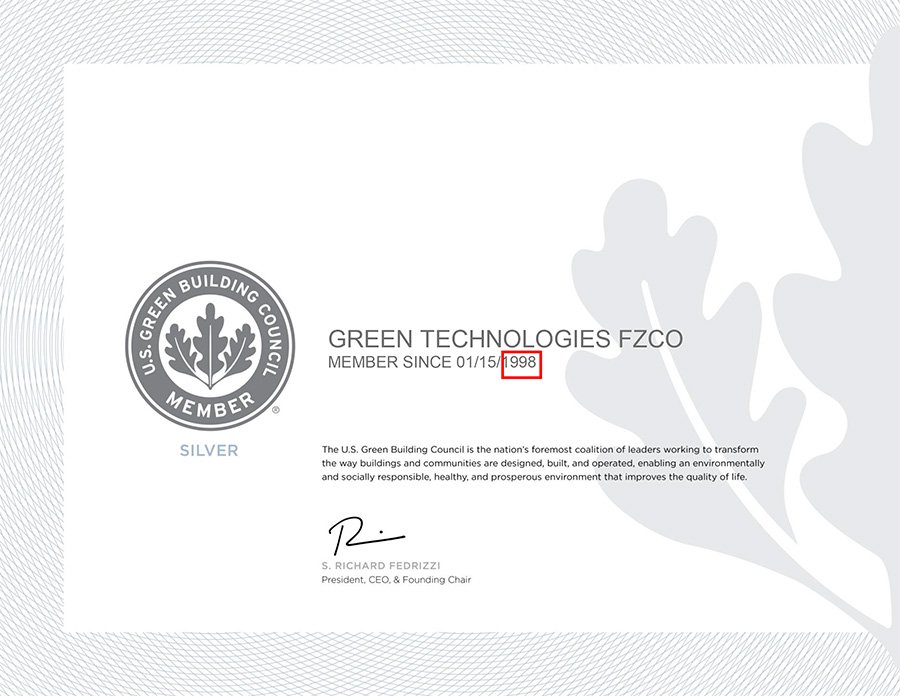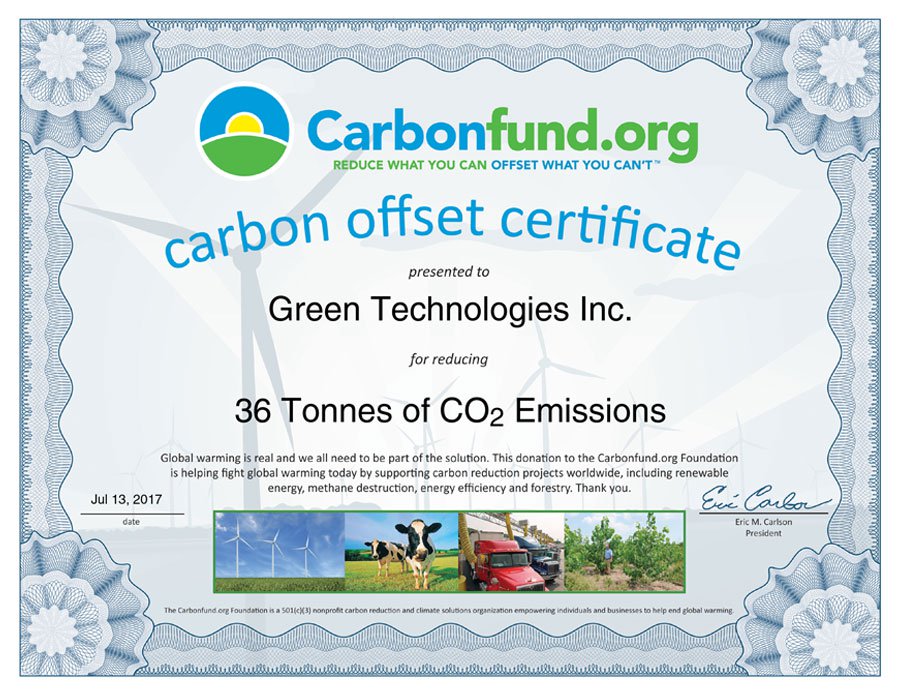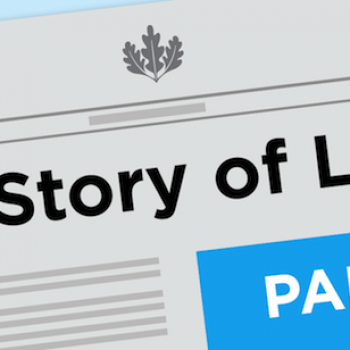
From a simple idea to a several-hundred-billion-dollar industry
To celebrate the release of our list of the Top 10 States For LEED, we’re posting our narrative of the history of LEED’s development, originally released at the Greenbuild International Conference and Expo in November 2013, in three parts on USGBC.org.
Part 1: From a Simple Idea to a Several-Hundred-Billion-Dollar Industry
A sustainable built environment within a generation: though only seven simple words, this phrase represents a challenge that may seem, at surface level, insurmountable. How can humanity drastically transform its approach to the buildings and communities where we live, work, learn and play — in such a short period of time?
And yet, at the U.S. Green Building Council (USGBC), we make our commitment to fulfilling this mission the foundation of our efforts every day. We do so not out of naiveté or misguided idealism, but because we see a revolution that is already well under way. Thanks to the LEED (Leadership in Energy and Environmental Design) green building rating system, sustainability is now a foremost consideration in construction projects around the world. Green building has developed into a full-scale global movement that is transforming lives and communities, helping turn energy-guzzling and water-wasting structures into beacons of promise for a better future. Fulfillment of our mission, though still distant, is far from the impossibility it once seemed.
How did this happen? Was it luck, good timing, or perhaps a combination of the two? Answering this question requires a look back at the developments that shaped LEED into its status today as the world’s most well-known and widely implemented green building rating system.
Where We Stand
From its humble beginnings with 19 pilot projects, LEED has grown immensely, as the economic, human health and environmental benefits of achieving certification have become well known. And the numbers speak for themselves.
As of February 2014, there are more than 20,000 LEED-certified commercial projects worldwide, representing 2.9 billion square feet, with another 37,000 commercial projects pursuing certification, representing approximately 7.6 billion square feet. Meanwhile, more than 50,000 residential units have been certified under LEED for Homes, and there are more than 130 certified LEED for Neighborhood Development projects.
LEED has transcended the commercial office space, the sector in which it originated, with market-specific offerings for schools, healthcare, homes, neighborhood developments, campuses, entire corporate building portfolios and retail settings, acknowledging the unique considerations for each of these space types. LEED has also pushed far beyond new construction projects, its original focus, with LEED for Commercial Interiors, LEED for Core and Shell and LEED for Existing Buildings: Operations & Maintenance, which affords older structures the opportunity to dramatically reduce their environmental impact.
USGBC now counts 95,000 professionals who have taken the LEED Accredited Professional (AP) exam, 59,000 additional LEED APs who have gone on to earn a LEED AP with Specialty and 32,000 LEED Green Associates.
LEED projects can be found in all 50 states and 147 countries and territories, buoyed by the 77 local U.S. chapters, the LEED International Roundtable as well as 103 green building councils around the world, united behind the World Green Building Council in a truly global mission.
USGBC also counts nearly 13,000 member organizations representing 13 million employees among LEED’s supporters, including Fortune 500 companies, architecture firms, contractors and builders, product manufacturers, nonprofit organizations, government institutions and many others. These organizations, large and small, represent a broad cross-section of economic and societal interests.
Such metrics are a reminder of how LEED has galvanized an entire industry, which McGraw-Hill Construction anticipates will be worth between $204 billion and $248 billion for new construction projects in the United States by 2016.
While impressive, these numbers also do little to explain how what started as a humble 37-page document in a gray cardboard binder has changed the way the world thinks about the buildings that we use every day.
The Early Years (1993-2002)
LEED’s development grew from the formation of USGBC in 1993 by three individuals: David Gottfried, Mike Italiano and Rick Fedrizzi, who currently serves as president, CEO and founding chair of the organization. At that point, while the environmental movement possessed considerable momentum, it was challenging to provide a uniform definition of “green buildings” — let alone a codified mechanism for certifying them based on their sustainable features.
“Coming to understand and appreciate the connections between the built environment and its effects on the natural environment and human health was a long process,” said Fedrizzi. “But as these connections and the criticality of green built infrastructure began to come to light, we also realized that the need for an organization to advance the cause of green building and to manage its own green building rating system was equally critical.”
USGBC’s formation and the development of LEED occurred at a time when many were experiencing “the malaise of a collection of bad design,” a phenomenon that had been growing since the 1970s, said Scot Horst, USGBC’s senior vice president of LEED. With the increase in mechanized building systems and the rise of air conditioning in the latter half of the century, people had closed up office buildings, hospitals, housing high-rises and schools, working with machines instead of with nature to complete building projects. The result, according to Horst, were buildings that looked good from the outside but were detrimental to the environment as well as the buildings’ occupants, who may have suffered from sick building syndrome.
The 1990s saw a growing realization of the need to optimize these systems — with people and nature in mind — to create better buildings. LEED grew from a recognition among those in the building community that, “there’s all these amazing things that people are doing, [so] let’s write them down in a list, and say that if you do so many of them, that’s an environmental structure,” Horst said.
Joel Todd, chair of the LEED Steering Committee and an early participant in USGBC, recalls writing building materials reports in the early 1990s for the American Institute of Architects. But in the process, “You immediately realized, it’s not just about the materials, it’s about the whole building,” she said. She remembers helping to draft the initial version of LEED several years after USGBC’s formation in 1993. “There was a real creative tension, push/pull, that still exists today, which is, ‘How far can we push people and not lose them?’”
Rob Watson, CEO and chief scientist at ECON Group and chair of the LEED Steering Committee from 1995 to 1996, remembers initial efforts to name the system. “The first name of the system proposed was ‘DOMEC,’ which was what the volunteer marketing committee came up with in the spring of 1996,” he said. “I said to myself, ‘We’ve GOT to be able to do better than this.’ So, I asked myself what the system was really about, and I kept coming back to the notion of leadership. I wrote down a bunch of words that captured what we were trying to do which, not surprisingly, included leadership, energy, environment and design. In 15 minutes the name was coined and needless to say, the Steering Committee liked LEED better than the alternative.”
Some of the earliest considerations in creating the rating system were keeping things as simple and attainable as possible, cutting out anything already covered by U.S. law, as well as trying to get each credit on one page, front and back — perhaps a laughable aspiration today, given the comprehensive language in the current rating system, but a serious effort at the time.
Todd remembered now-obvious shortcomings of the early version of LEED. “The green building movement was really focused on the environment, at first,” she said, recalling notions like, “Why are we thinking about indoor air quality? That’s not the environment.” Human health and well-being, social equity and economic development were not serious considerations, at least at the time.
She also recalled efforts to formulate the rating system to win accreditation from the American National Standards Institute (ANSI), a body that validates norms and guidelines across many sectors. “It was clear at the time that what was going to be required to get consensus from all of the interests and everybody was not going to result in a leadership standard — it would be more like [building] code,” she said.
As USGBC continued to write its standard in the mid-‘90s, early government backing from the Department of Energy, which supplied $300,000 in grants to keep USGBC afloat, proved pivotal in ensuring that LEED got off the ground.
By 1998, USGBC had successfully developed LEED 1.0, and it began pilot testing 19 projects. An earlier decision to move from alphabetical listing of credits in the earliest draft of LEED to grouping credits into the now-familiar five categories was critical to its market adoption, said Todd. “It made the rating system much more accessible for people, much easier to understand and much easier to put into use. It just made more sense.”
Following the success of the pilot program, LEED for New Construction saw a public launch in March 2000. That year, 51 projects participated, and in March 2001, drawing on lessons learned from the pilot program, USGBC launched LEED 2.0.
Meanwhile, certifications outside the commercial office sector, where LEED had its start, began to sprout. Early notable successes in 2000 included the Kandalama Hotel in Sri Lanka, the first LEED-certified hotel and the first LEED international project, as well as the Chesapeake Bay Foundation Phillip Merrill Environmental Center in Annapolis, Md., the first project to secure LEED Platinum.
Brendan Owens, vice president of LEED technical development, joined USGBC in 2000. He recalled that at the time, it was not difficult to solicit projects to participate. In many instances, LEED reflected practices that building consultants like Paladino and Green Building Services, both early LEED users, were already doing. “In the early days it was one-to-one contact, and they [LEED users] would become that spark within the organization,” he said.
Shortly after the release of LEED 2.0 in March 2001, USGBC held a series of member meetings to determine next steps for the continued evolution of the system, and a blanket decision was made to slow LEED development, at least for a time, to foment further market uptake prior to introducing a new version. “It was clear that if we didn’t let this sit a little bit, no one was going to catch on to it,” Horst said. “There was a lot of frustration at the time,” he said, as much work had gone into determining the next steps for LEED’s evolution, “but a lot of excitement too.”
The temporary pause in developing LEED didn’t slow the momentum, however. Furthering its movement into new market sectors, USGBC saw the first elementary school achieve LEED Gold, Third Creek Elementary in Statesville, N.C., in November 2002. Meanwhile, as a reflection of the excitement and demand within the green building industry, USGBC hosted the first-ever Greenbuild Conference that same month in Austin, Texas, with approximately 4,000 attendees — organizers only expected 1,500. And while many anticipated continued momentum within the green building space, few could have foreseen the explosive growth that was to come.

